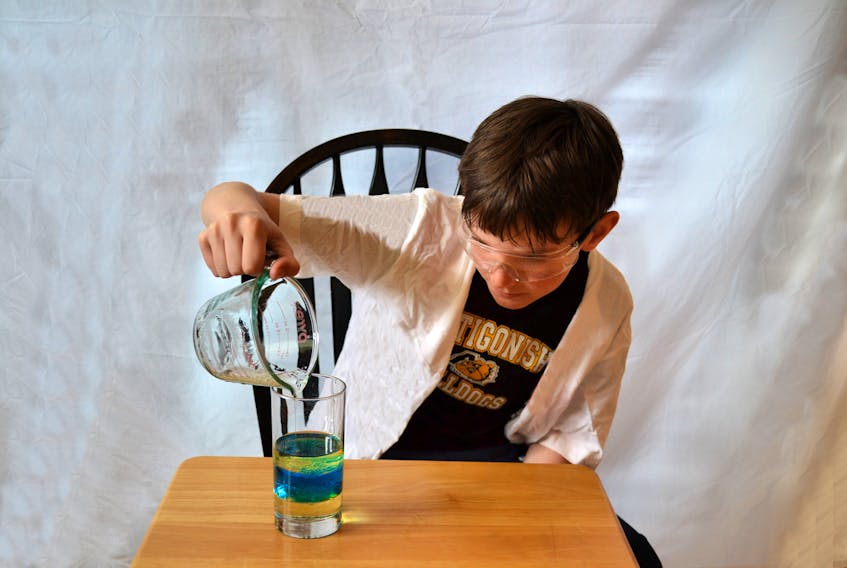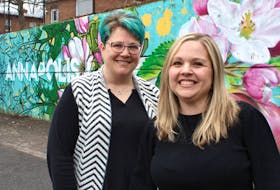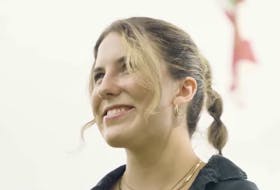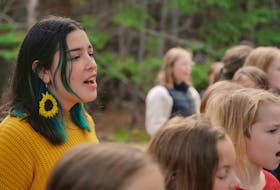From the time they were little, my children have been interested in doing science experiments at home. I think their early desire stemmed from a combination of their curiosity, their love of learning, and the joy they have always taken in making a mess.
Now that my boys are out of school due to COVID-19, I’ve been doing my best to keep them entertained and engaged by including fun, educational activities in our weekly schedules. We have enjoyed trying some fantastic science experiments that used supplies I already had in my cupboards.
When deciding on how to incorporate science into your “at home” learning, let the kids take the lead. Think of a concept they want to explore, and do a simple experiment that explains it. For example, to explain “density”, pour one-quarter cup coloured water, one-quarter cup oil, and one-quarter cup corn syrup into three different glasses. Then, pour all the liquids into the same glass. As the liquids start to settle, it is easy to see that the more "dense" liquids sink and the less "dense" liquids rise.
Playing with colour and candy is another great place to start. Many years ago, my boys and I made rainbows using Skittles, and we have repeated the experiment many times since then. To make a Skittles rainbow, line Skittles in a circle around the outside of a plate, pour warm water into the middle of the plate, and watch as a rainbow slowly appears.
Other fun experiments involving food include making a Mentos geyser, making ice cream in a bag, making butter, and making a “bouncy” egg.
To make a Mentos geyser, drop Mentos candies (quickly) into a 2L bottle of diet soda, stand back, and watch the pop spray into the sky.
To make ice cream in a bag, put half a cup of course salt and a bunch of ice into a large Ziploc bag. Then, put half a cup (18 per cent) coffee cream, one teaspoon of vanilla, and three tsp of sugar into a small Zipoc bag. Seal the small bag, place it in the larger bag, seal the larger bag, and shake it until ice cream forms (approximately 10-15 minutes). You can eat the ice cream right out of the bag, but try not to get salt from the outside of the bag into the ice cream. You might want to give it a quick wipe with a cloth before you give it to the kids to eat.
To make butter, pour a 250 millilitre (one cup) container of whipping cream (at room temperature) into a jar or container with a tight lid, start shaking the container, and keep shaking for about 15-20 minutes. First, the liquid will turn to cream, and then it will magically turn into a clump of butter. Drain off all the liquid (put it in a strainer, rinse it with cold water, and squeeze the moisture out with some paper towel).
To make a “bouncy” egg: fill a glass with vinegar, drop in an uncooked egg, and wait for the vinegar to dissolve the shell. The process starts immediately, and it will take about 24-48 hours to complete. After the shell has completely dissolved (leaving only the membrane around the raw egg), rinse the egg in cold water, and dry it off. Children will be amazed by the "rubber" egg they have created.
It is extremely important to expose kids to science and nurture their curiosity for why things work the way they do. Doing a few simple experiments at home is a fun way to entertain kids... and they'll learn something, too!
Gina Bell writes the East Coast Mommy column, which runs every second week. Follow her blog at or contact her at [email protected]









